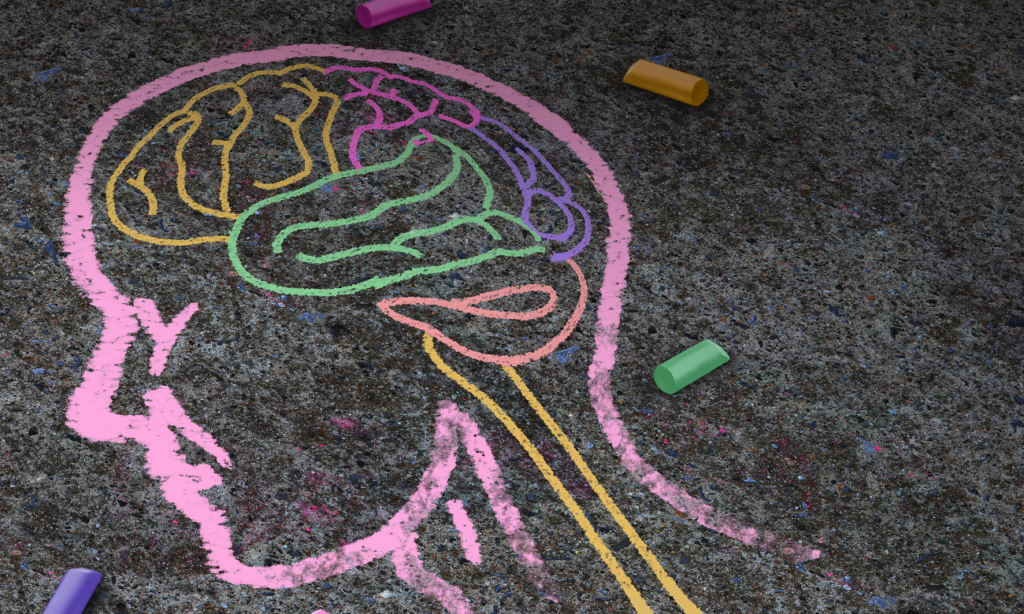
Mental health resources are becoming the backbone of modern education systems. Gone are the days when emotional well-being was considered a personal issue or a matter for the family alone. Today, schools are stepping up not just as academic institutions but as full-fledged support systems. And honestly? It’s about time.
Why Mental Health Can’t Be Left at the Door
Imagine a student walking into school. Backpack? Check. Notebook? Check. Anxiety, stress, and maybe even depression? Also check. In today’s fast-paced, highly competitive, and digitally connected world, students carry more than just books.
That’s why mental health resources in schools are no longer optional—they’re essential. Students can’t perform at their best academically if they’re struggling mentally. That’s the same as asking someone to run a marathon with a broken leg. Support needs to be built into the structure of education.
What Exactly Are Mental Health Resources?
Let’s break it down. Mental health resources refer to the tools, programs, professionals, and practices schools use to support students’ emotional, psychological, and social well-being. These can include:
- On-site school counselors and psychologists
- Peer support programs
- Mental wellness workshops
- Crisis intervention teams
- Anonymous reporting systems
- Classroom-based mindfulness practices
- Access to therapy services
You see, mental health resources aren’t just a room with tissues and a sad poster. They are layered, dynamic, and proactive.
The Signs We Can’t Ignore Anymore
Why are mental health resources such a hot topic now? Because the warning signs are everywhere. Anxiety, self-harm, depression, and suicide rates among students are climbing. And it’s not just in high school. Even elementary students are showing signs of burnout and emotional fatigue.
Kids are under immense pressure, grades, social media, bullying, family expectations, and the ever-looming question: “What’s next after school?” If schools are meant to prepare students for life, then supporting their mental health must be part of the curriculum.
The Role of Teachers and Staff
Here’s the deal: Teachers are superheroes, but they can’t do it all. However, with the right mental health resources, they can become the first line of defense. Training teachers to recognize signs of emotional distress, using pedagogical strategies that promote emotional regulation, and encouraging open conversations can make a world of difference.
Yes, we said it: pedagogical strategies matter here too. An inclusive, student-centered teaching approach that fosters safety, empathy, and emotional literacy creates a solid foundation for well-being.
Cool Mental Health Initiatives in Schools
Not everything has to be clinical or boring. Some schools are getting really creative with how they integrate mental health resources into everyday school life. Here are some great examples:
- Wellness Wednesdays: Dedicated time for students to do breathing exercises, journaling, or just take a break from intense academic work.
- Zen Zones: Chill-out corners in classrooms or libraries with bean bags, calm lighting, and soothing music.
- Feelings Walls: Students can anonymously post their moods, struggles, or wins. This promotes emotional expression without judgment.
- Pet Therapy Days: Who wouldn’t feel better with a furry friend around?
All these programs are based on one idea: create safe, non-judgmental spaces to address what students are really going through.
Parents Want This Too
It’s not just educators pushing for change. Parents are finally realizing that mental health resources in schools are necessary, not indulgent. They want to know their children are safe mentally and emotionally when they walk into those school doors.
In fact, many school-parent partnerships are now focused on building stronger communication around student wellness. From take-home toolkits to webinars on emotional resilience, schools and families are teaming up like never before.
Making Resources Accessible to Everyone
One big challenge? Making sure mental health resources are accessible to all students — not just those with visible struggles or diagnosed conditions. Emotional pain doesn’t always look like tears in the hallway. It could look like perfectionism. Or anger. Or even silence.
That’s why it’s so important to normalize the conversation and provide universal access. Every school should have:
- A full-time counselor or mental health professional
- Anonymous mental health check-in tools
- Weekly emotional wellness check-ins
- Resources available in multiple languages and formats
How Schools Can Start (and Improve)
If your school is still behind on mental health support, don’t panic. Implementing mental health resources doesn’t need a million-dollar budget; it starts with awareness and empathy.
Here’s a simple action plan for schools:
- Audit existing support – What do you currently offer? What are students saying they need?
- Train staff – Provide workshops and ongoing training on mental health first aid.
- Create open channels – Give students safe ways to share their thoughts (online or offline).
- Build partnerships – Connect with local mental health organizations or offer digital therapy sessions.
- Promote awareness – Host mental health weeks, invite guest speakers, and make wellness part of the school brand.
What the Future Could Look Like
If we continue expanding and innovating in the space of mental health resources, imagine what the future of education could be:
- Every school has a full wellness department
- Mental health days are accepted like sick days
- Therapy is as normalized as tutoring
- Emotional intelligence is taught alongside math
A future where students don’t just learn how to succeed but learn how to be okay emotionally, mentally, and socially.

Final Thoughts
Mental health resources are not a trend or a luxury. They are an urgent necessity in education today. Students are crying out sometimes silently for help, guidance, and tools to navigate their inner worlds. Schools must answer.
By investing in proactive programs, creative wellness ideas, and everyday support structures, we can build educational spaces where students feel seen, safe, and supported. And that’s the kind of school we all wish we had growing up.
Let’s make it real. One resource at a time.

I’m Ethan Richards, the guy running the show at “Acknowledgment Templates.” I’ve been playing with expressions and formats to make acknowledgment writing a whole lot of fun. Over at Acknowledgment Templates, we’re here to make your acknowledgment section incredible. Let’s add some professionalism and gratitude to your project together!



